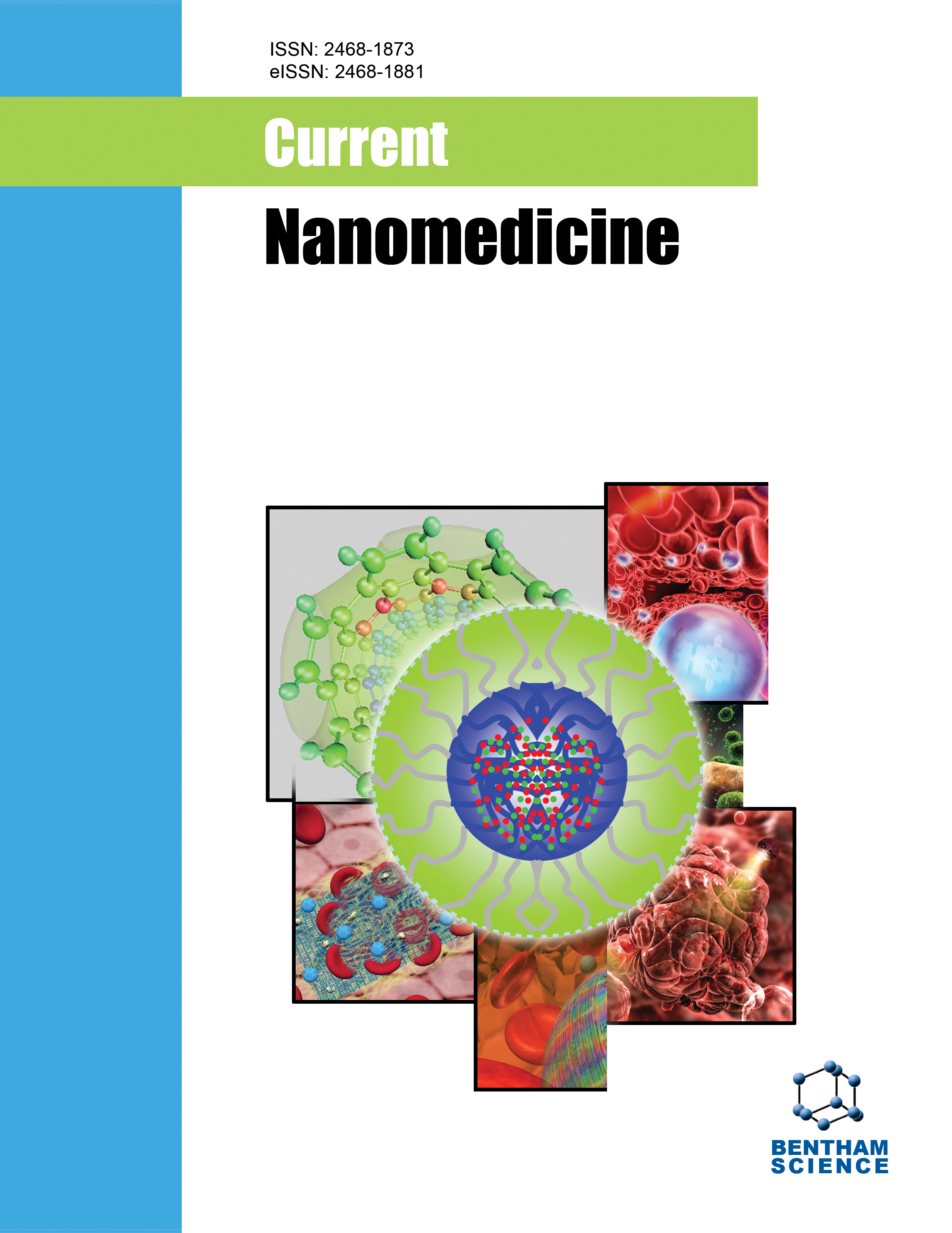- Home
- A-Z Publications
- Current Nanomedicine
- Previous Issues
- Volume 15, Issue 1, 2025
Current Nanomedicine - Volume 15, Issue 1, 2025
Volume 15, Issue 1, 2025
- Materials Science and Nanotechnology, Nanotechnology, Pharmacology
-
-
-
The Potential of Quality Target Product Profile in the Optimization of Nanoemulsions
More LessAuthors: Devesh U. Kapoor, Rajiv R. Kukkar, Mansi Gaur, Bhupendra G. Prajapati and Rishabha MalviyaThe application of Quality Target Product Profile (QTPP) in optimizing nanoemulsion (NEM) shows immense potential in advancing pharmaceutical formulation design for effective drug delivery. By aligning QTPP with nanoemulsion attributes, this approach offers a pathway to tailored formulations that meet specific therapeutic objectives and responses. Incorporating QTPP facilitates informed choices in formulating de Read More
-
-
-
An Overview of Transferosomal Technology
More LessAuthors: Neha Kumari and Sumit SharmaEver since the invention of liposomes by Bangham in 1963, researchers have been fascinated by the vesicular carriers. Liposomes and niosomes have been used extensively by researchers for various routes such as oral and nasal. However, lately, it has been understood that traditional liposomes are not very significant when it comes to penetration. The use of nanovesicles in transdermal drug delivery systems has been Read More
-
-
-
Nanostructured Lipid Carriers: A Novel Platform in the Formulation of Targeted Drug Delivery Systems
More LessBackgroundLipid-based formulations, such as Nanostructured lipid carriers (NLCs), have been thoroughly studied as drug delivery platforms. NLCs are binary systems composed of both solid and liquid lipids that aim to produce a lipidic core that is less ordered. Components of NLCs particularly influence the physicochemical characteristics and efficacy of the final product.MorphologyThey contain a solid matrix at room temperat Read More
-
-
-
Nanomaterials in Wound Healing: Mechanisms, Applications, and Future Prospects
More LessAuthors: Kavita Rani, Gurvirender Singh, Smita Narwal, Bhawna Chopra and Ashwani K. DhingraBackgroundPoor wound healing poses a significant global health challenge, leading to increased mortality rates and considerable healthcare expenses. Nanotechnology has emerged as a promising approach to address the complexities associated with wound healing, offering potential solutions to enhance the wound microenvironment and promote efficient tissue repair.AimThis review aims to comprehensively summar Read More
-
-
-
Composite and Nanocomposite Thin-film Structures Based on Chitosan Succinamide
More LessAimCurrently, developing composite and nanocomposite materials based on natural polymers is attracting the growing attention of scientists. In particular, chitosan succinamide, a modified biopolymer, has good biocompatibility, biodegradability, and electrical conductivity, allowing it to be used as a functional material for creating various electronic devices, including sensors for use in medicine and pharmaceuticals. Compo Read More
-
-
-
Biogenic Synthesis and Characterization of Ethyl Ferulate Gold Nanoparticle and its Efficacy against Triple-Negative Breast Cancer Cells
More LessBackgroundTriple-Negative Breast Cancer (TNBC) presents a significant challenge due to its aggressive nature and lack of responsive hormone receptors, predominantly affecting younger premenopausal women. Ethyl ferulate (EF), a notable phytochemical, has demonstrated promising anti-cancer properties. This study aimed to enhance the efficacy of EF by synthesizing and characterizing ethyl ferulate gold nanoparticles (E Read More
-
-
-
Formulation of Letrozole-loaded Ethyl Cellulose and Eudragit S100 Nanoparticles by Nanoprecipitation Technique and Determination of Cytotoxic Activity by MTT Assay
More LessAuthors: A.Krishna Sailaja and Aisha TabassumIntroductionThe major goal of this work is to develop letrozole nanoparticles using the polymer precipitation technique. Formulations were prepared by using Ethyl cellulose and Eudragit S100 as polymers.MethodsBy varying drug-polymer ratios, a total of ten formulations were prepared. By altering the drug concentration to polymer, five formulations were prepared with Ethyl cellulose and five with Eudragit S100. All ten for Read More
-
Most Read This Month
Article
content/journals/cnanom
Journal
10
5
false
en


